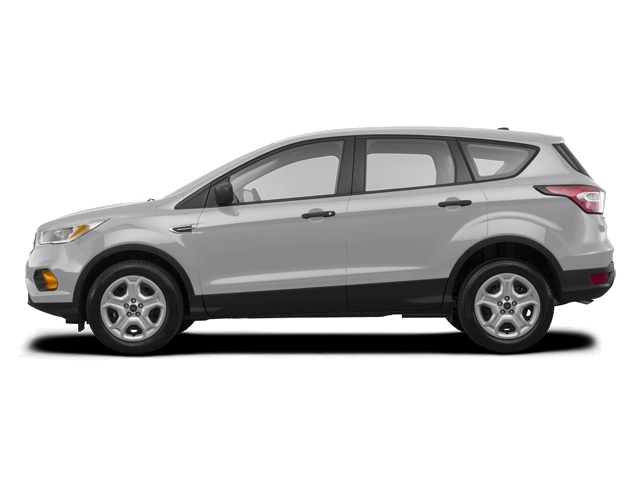2007 Ford Escape Owner's Manual

Table of Contents
2007 Ford Escape Overview
Introduction
The 2007 Ford Escape is a compact SUV that combines practicality, comfort, and versatility, making it a great choice for drivers looking for a responsive vehicle to navigate both city streets and rugged terrains. Known for its efficient use of space and plethora of features, the Escape provides a balanced ride and has established itself as a dependable option in the competitive SUV market.
Powertrains
Under the hood, the 2007 Ford Escape offers a range of powertrains, including a standard 2.5-liter four-cylinder engine that delivers a respectable 171 horsepower. For those seeking more power, an available 3.0-liter V6 option boosts output to 200 horsepower, enhancing acceleration and performance. Both engines are coupled with a five-speed manual or an optional four-speed automatic transmission, ensuring smooth transitions and adapting readily to driver needs. The all-wheel-drive system is available, lending extra confidence in challenging weather and off-road conditions.
Trims
The Escape comes in three distinct trims: XLS, XLT, and Limited. The XLS serves as the base model, equipped with essential features such as air conditioning and a CD player. The XLT adds an extra layer of comfort with upgraded upholstery and additional convenience features, while the Limited trim epitomizes luxury, offering leather seats, a premium audio system, and enhanced styling details. Each trim is designed to cater to various preferences and budgets.
Features
With safety at the forefront, the 2007 Escape is equipped with an array of standard features such as front airbags, anti-lock brakes, and optional stability control. The spacious interior comfortably accommodates passengers with ample legroom, abundant cargo space, and rear seats that fold down to create even more room. Technological features include an available navigation system and an MP3-compatible stereo, ensuring connectivity and entertainment on the go.
Owners Manual
The 2007 Ford Escape Owners Manual provides essential information on vehicle maintenance, operation, and troubleshooting. It guides owners through details about regular service intervals, safety features, and efficient use of tech options, thereby aiding in the ownership experience and ensuring optimal performance throughout the vehicle’s life.
User manual download
The Ford Escape owner manual for the 2007 model year is to be found in PDF downloadable format on this page. The owner manual for the model year 2007 is free and in English, but the repair manuals are usually not easy to get and may cost more.
Manual Questions
Fill the form below and someone will help you!

